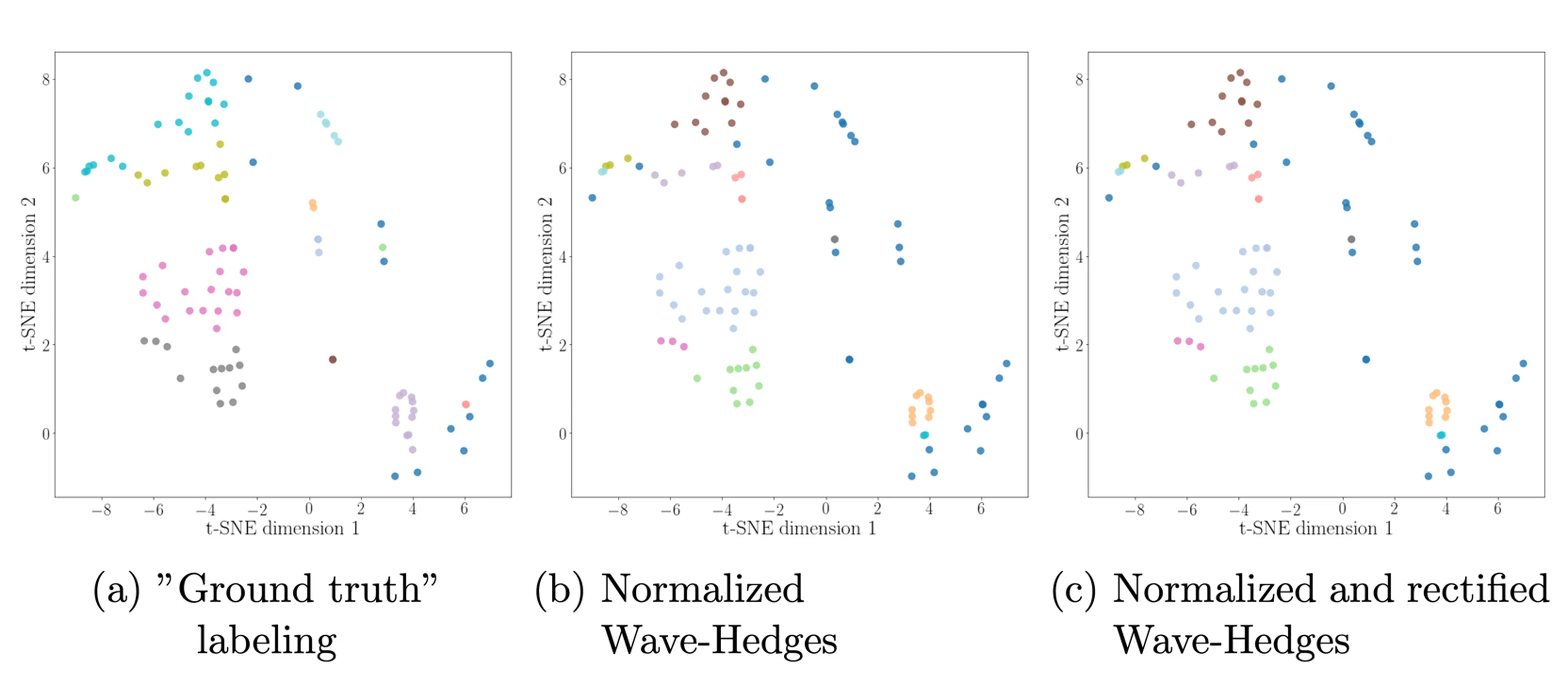Using Cluster Analysis to Improve Application Performance Management
As software systems grow in complexity, their monitoring becomes increasingly challenging, often resulting in overwhelming amounts of alerts and notifications. This blog explores the use of cluster analysis to systematically group recurring monitoring issues, reducing noise and improving the efficiency of Application Performance Management (APM). By applying unsupervised learning techniques and optimizing clustering algorithms, the approach enables more insightful problem reporting, making it easier for system administrators to detect and prioritize critical issues.
The Challenge: Managing Monitoring Overload
Modern software applications consist of multiple interconnected components that generate extensive monitoring data. While APM tools like Dynatrace help track performance metrics, they often produce too many alerts, leading to information overload. A critical challenge is distinguishing between minor recurring issues and genuinely impactful problems.
Cluster analysis, a form of unsupervised machine learning, provides a solution by identifying patterns in monitoring data and grouping similar issues together. Instead of reporting each anomaly separately, the system can aggregate related problems, significantly improving problem diagnosis.
How Cluster Analysis Works for APM
The methodology consists of the following key steps:
-
Data Collection & Preprocessing
- Gather monitoring issues and relevant attributes such as event types, entity types, problem duration, and timestamps.
- Use feature extraction techniques to convert monitoring logs into numerical representations.
-
Selecting the Right Clustering Algorithm
- Common clustering methods include k-means, DBSCAN, and hierarchical clustering.
- For APM, DBSCAN (Density-Based Spatial Clustering of Applications with Noise) was found to be the most effective, as it can identify noise (outliers) and does not require predefining the number of clusters.
-
Customizing the Distance Metric
- Standard distance metrics like Euclidean distance do not always capture similarities in monitoring issues.
- A Wave Hedges-based distance function was introduced, which normalizes feature values and ensures relevant attributes are weighted appropriately.
-
Parameter Optimization
- The DBSCAN parameters (min_samples and epsilon) were fine-tuned using a combination of grid search and external validation metrics to achieve the best clustering results.
Key Findings & Benefits
- Noise Reduction: By clustering redundant alerts, the approach significantly reduces the volume of notifications, making it easier for administrators to focus on truly important issues.
- Improved Visualization: Using t-SNE for dimensionality reduction, clusters of similar problems can be visualized, helping teams better understand system behavior.
- Adaptive to Changing Conditions: Unlike rule-based alerting systems, cluster-based grouping adapts as new issues arise, providing dynamic and evolving monitoring insights.

Future Applications & Enhancements
The methodology can be extended in several ways:
- Integrating with real-time monitoring to provide proactive problem detection.
- Combining clustering with anomaly detection to automatically flag emerging risks.
- Exploring additional clustering techniques, such as affinity propagation, for handling complex dependencies in distributed systems.
Conclusion
Cluster analysis presents a powerful technique for managing monitoring alerts in APM. By grouping similar issues, it reduces noise, enhances reporting efficiency, and helps system administrators quickly detect and respond to critical problems. As machine learning advances, integrating clustering-based methods will become a key differentiator in modern performance management solutions.
This blog post is based on the research paper "Cluster Analysis for Multivariate Application Performance Management Issues" by Vlad-Ilarie Precup that I co-supervised during his master thesis. The full paper is available for download below.
References and images available in the original research paper.